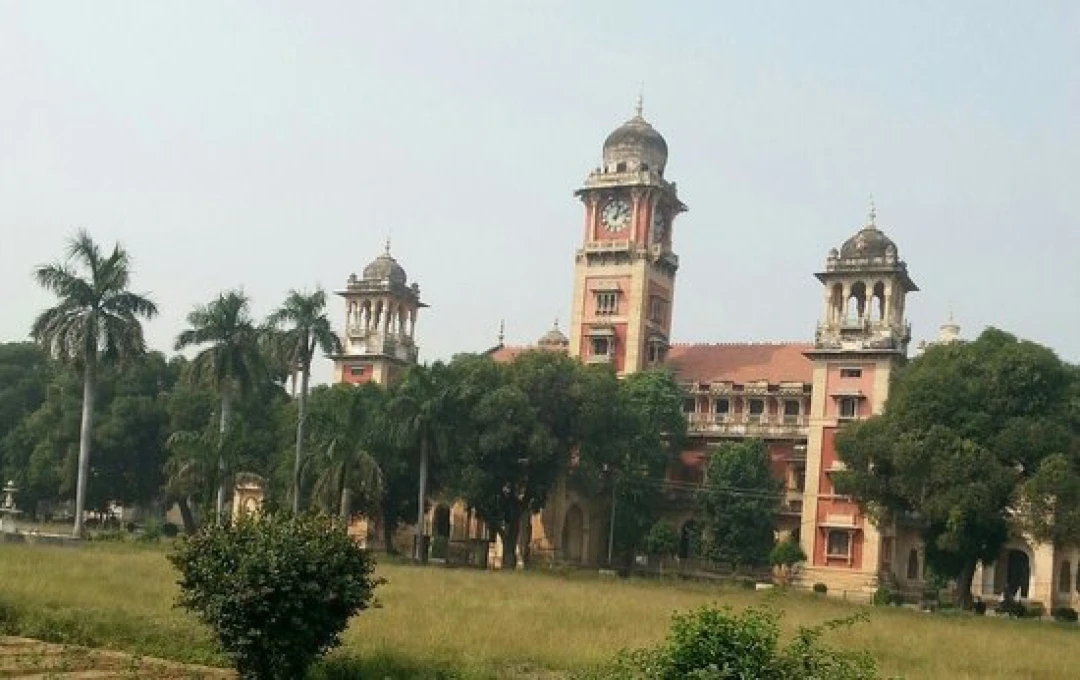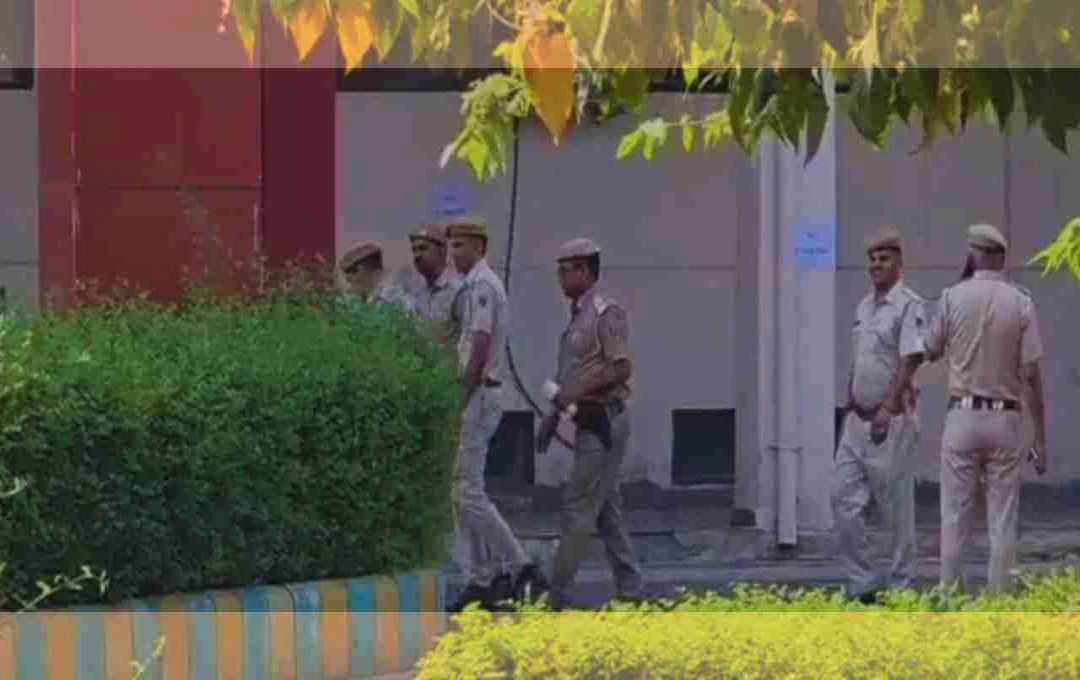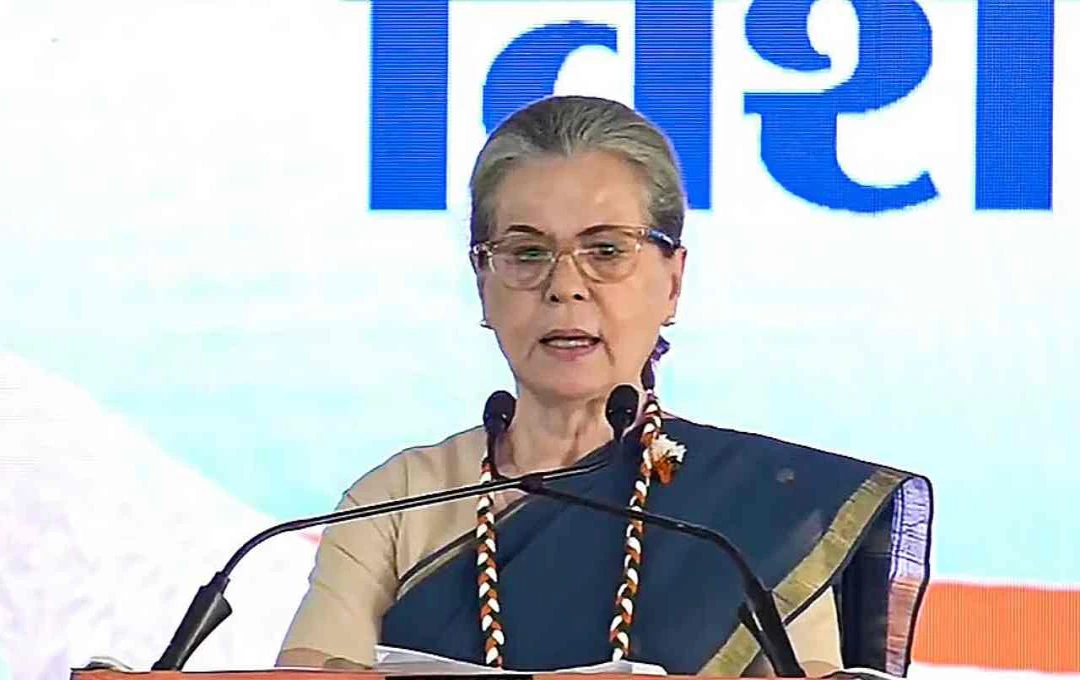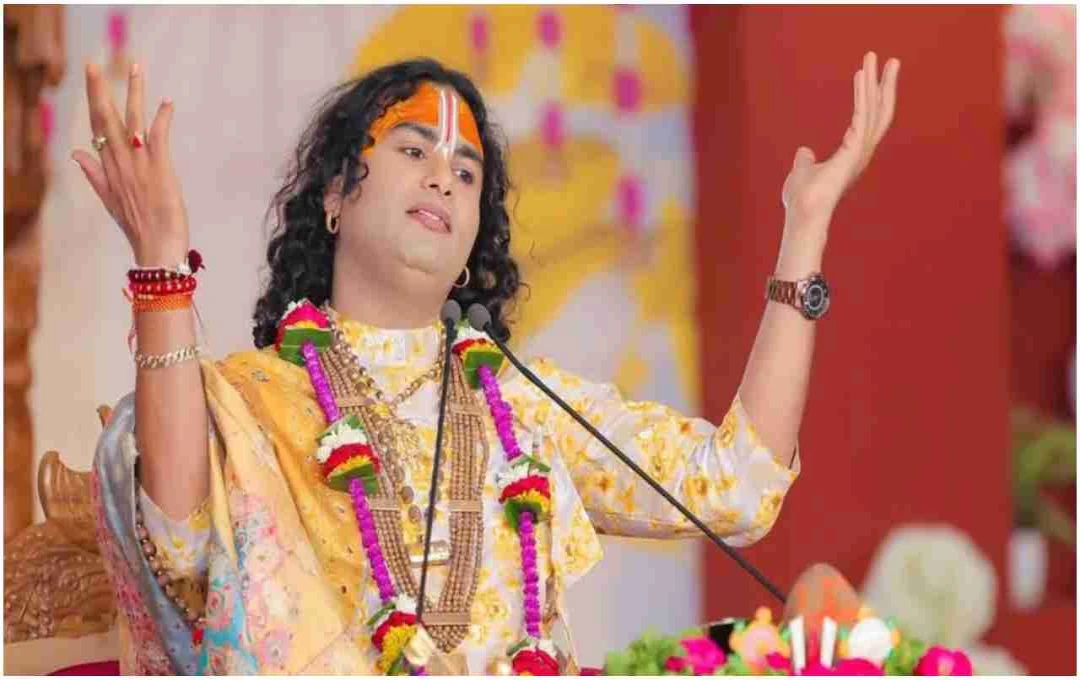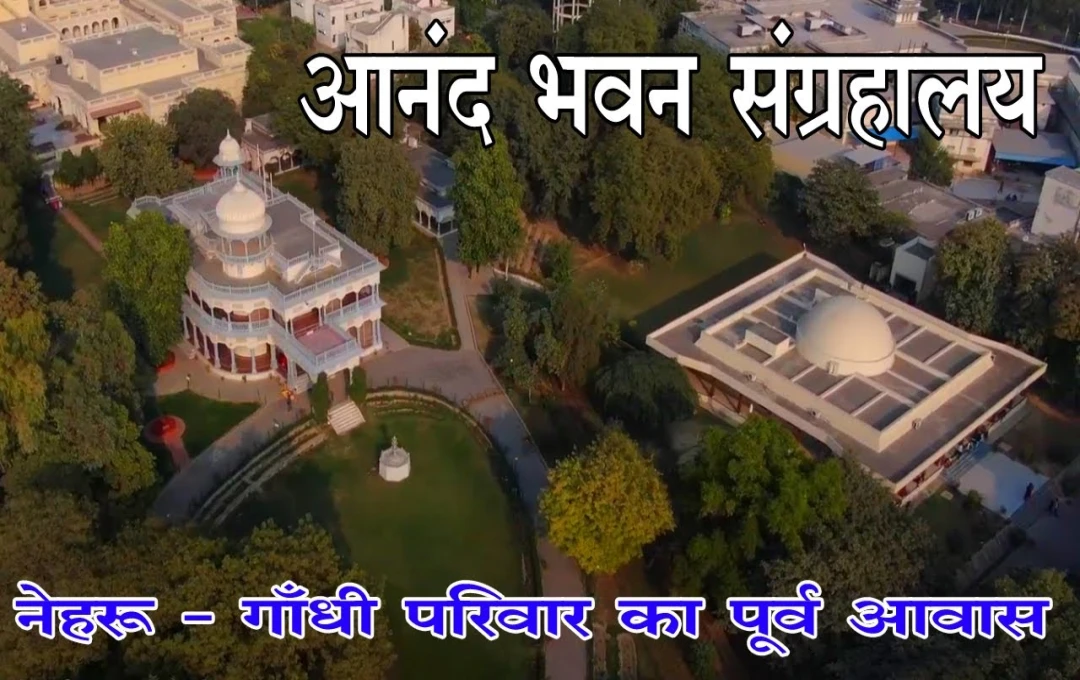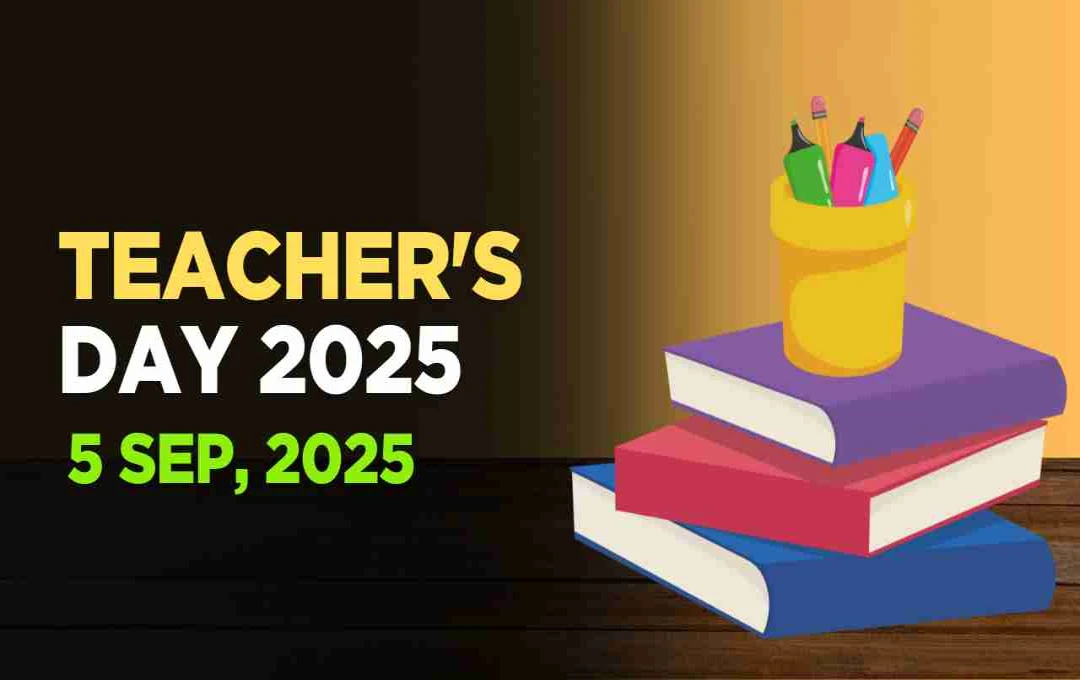Introduction
Established on September 23, 1887, it is the fourth oldest university in India, after Calcutta, Bombay, and Madras. Its roots lie in Muir Central College, the foundation stone of which was laid on December 9, 1873. It has also been referred to as the "Oxford of the East" in brief. Historical Structure and Expansion
The initial capital was ₹5,240/-, which was repaid within two years. The university remained financially stable through its Sunday collections, admission tickets, and calendar. In 1909, local walls were selected for the current library, Senate Hall, Law College, etc. Their foundation was laid on January 17, 1910, and construction was completed in 1915.
Important Departments and Institutions
Department of Ancient History, Culture & Archaeology: Established in May 1955, this was the first university department of its kind in India to be an excavation-based research centre of the ASI (Archaeological Survey of India), equipped with modern labs and high-quality resources.
Centre for Behavioural and Cognitive Sciences (CBCS): Established in 2002, this university, with a glorious legacy spanning 132 years, has recently made a leap of 100 places in its engineering ranking in the NIRF rankings. Alongside this, four-year undergraduate courses are being launched under the New Education Policy (NEP). The PG admission process is gaining autonomy, and UG admissions will continue through CUET.

Establishment of the Urdu Department: In 1924, the first Urdu department in India was established by Prof. Jamin Ali, which introduced MA and PhD courses.
Modern Achievements and Challenges
NAAC Grade: "B++" (CGPA 2.84); this university is recognized by UGC.
NIRF Ranking 2024: Band 101–125 in the Management category, and Band 201–300 in the Engineering category.
Conclusion
Allahabad University—an ancient bastion of history, culture, and education—is today moving towards re-establishing its identity with new reforms, policies, and initiatives.
